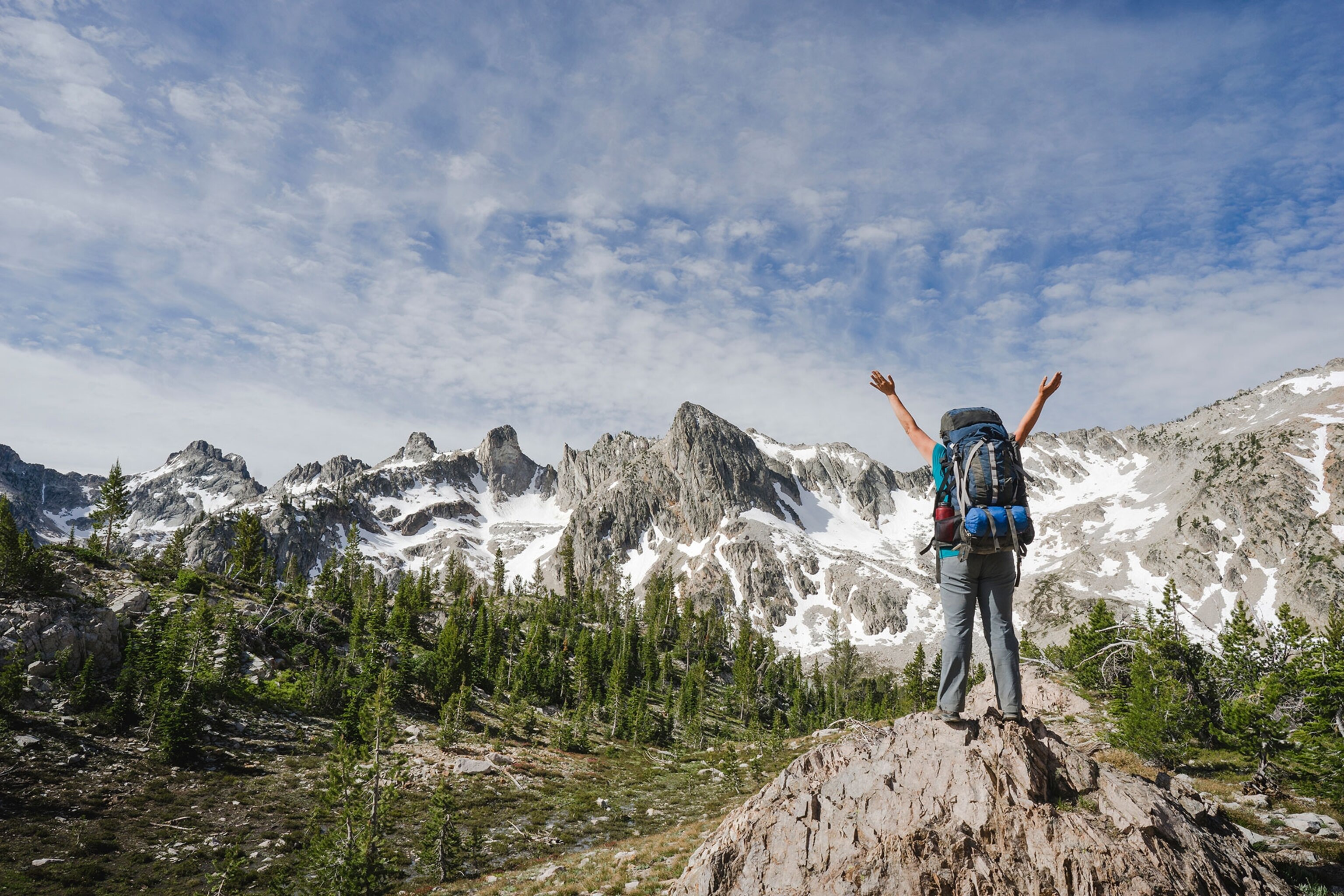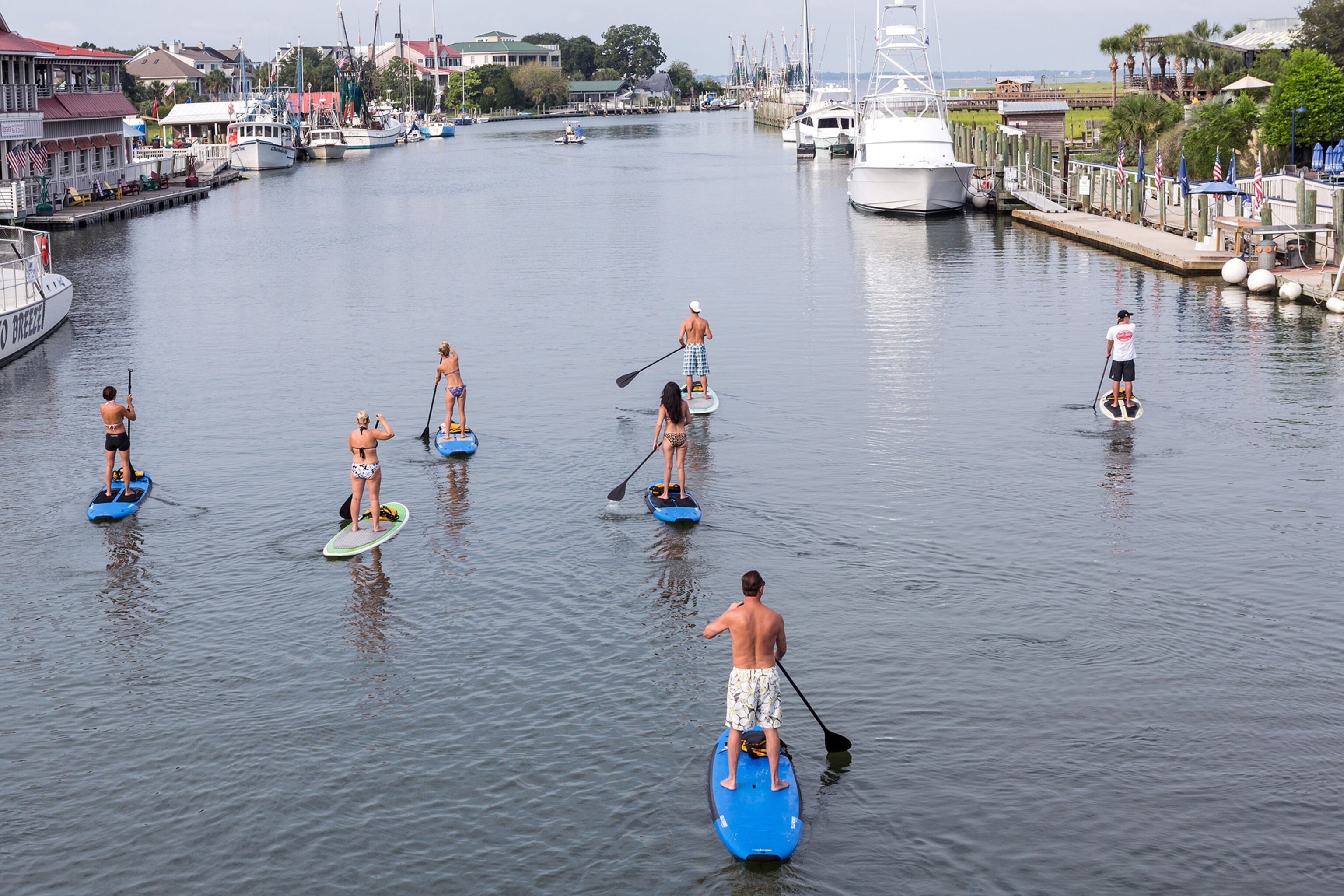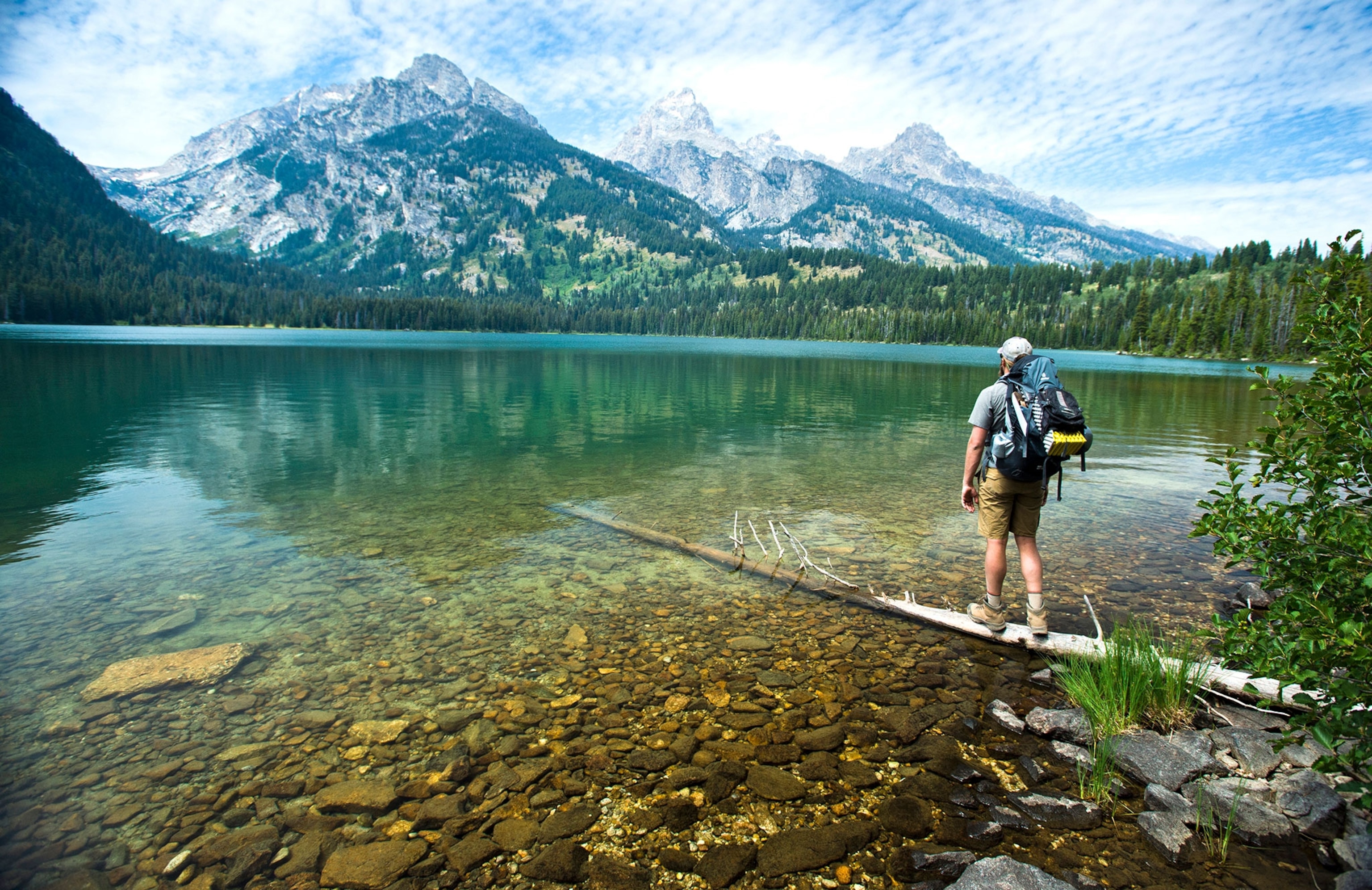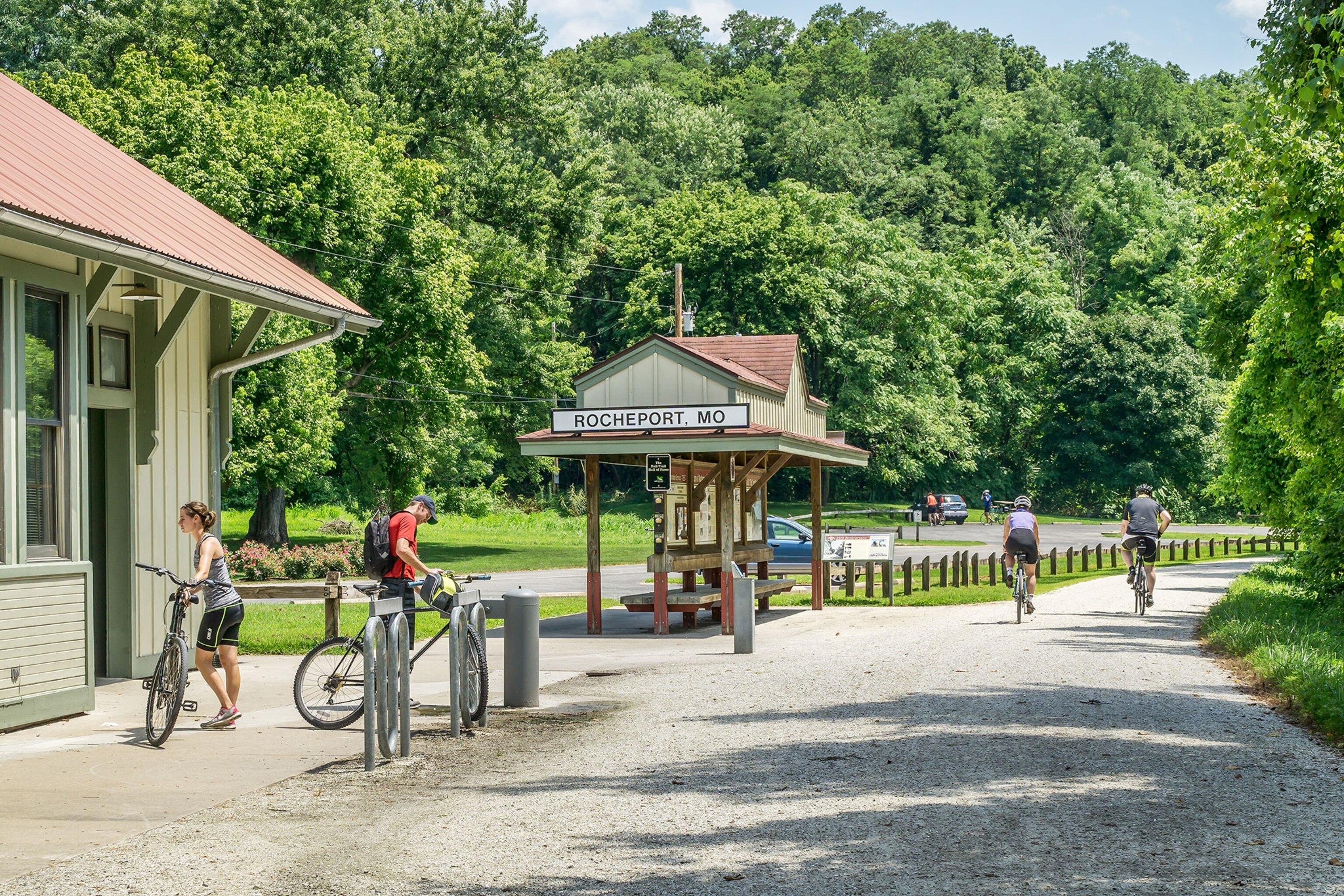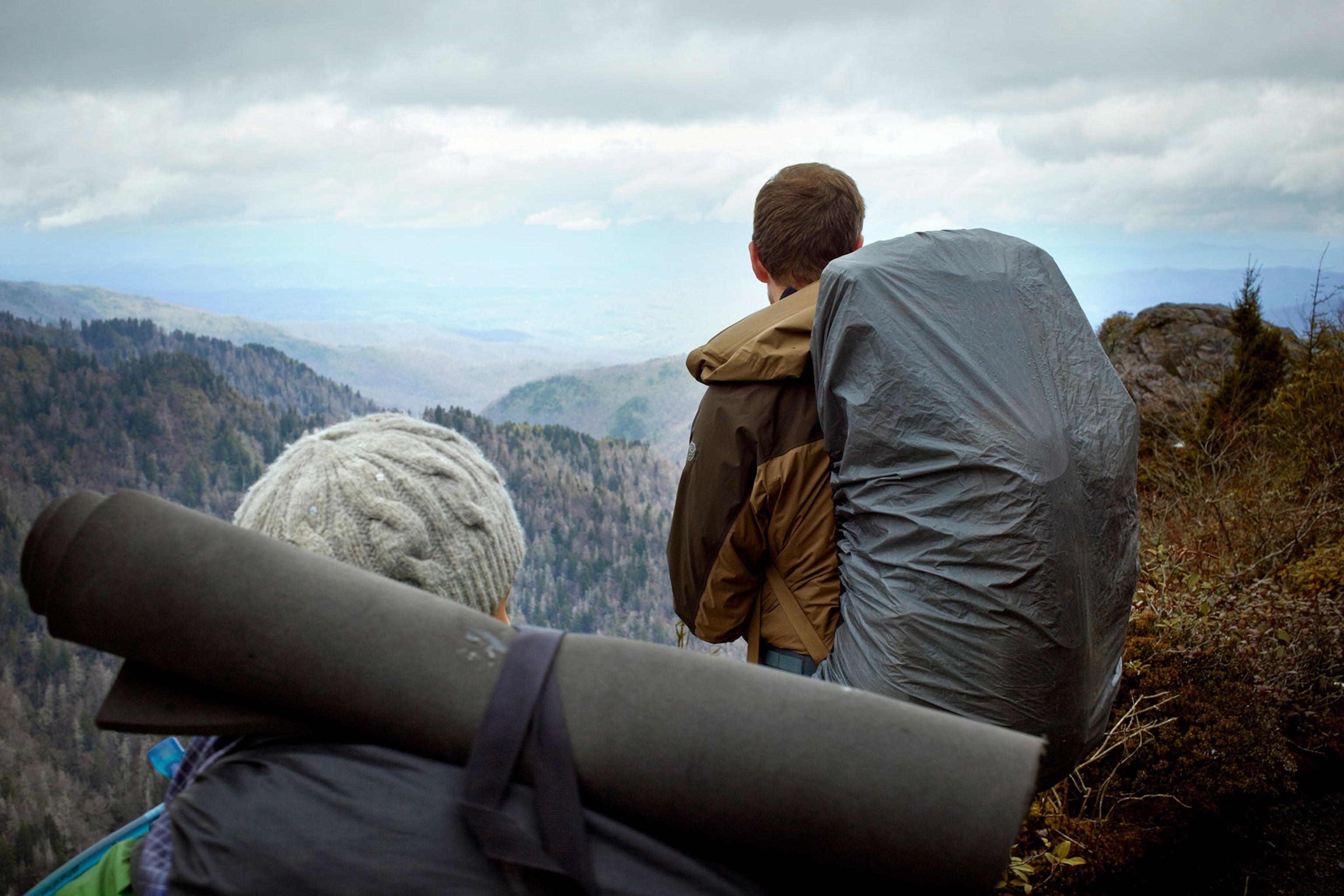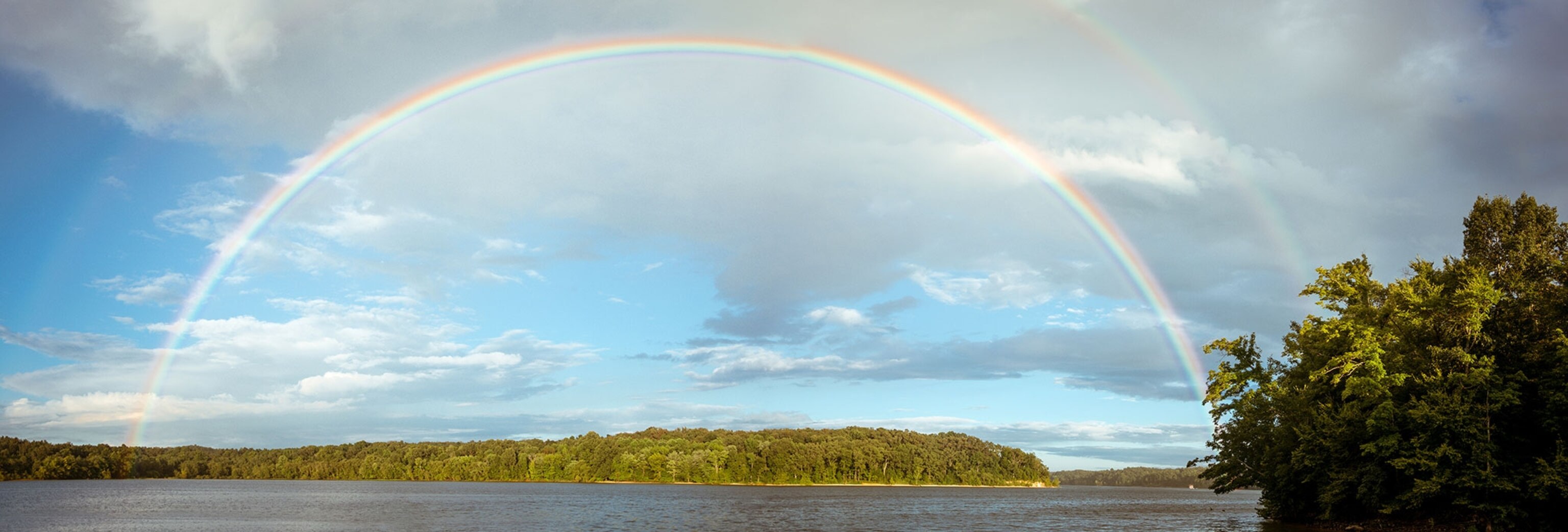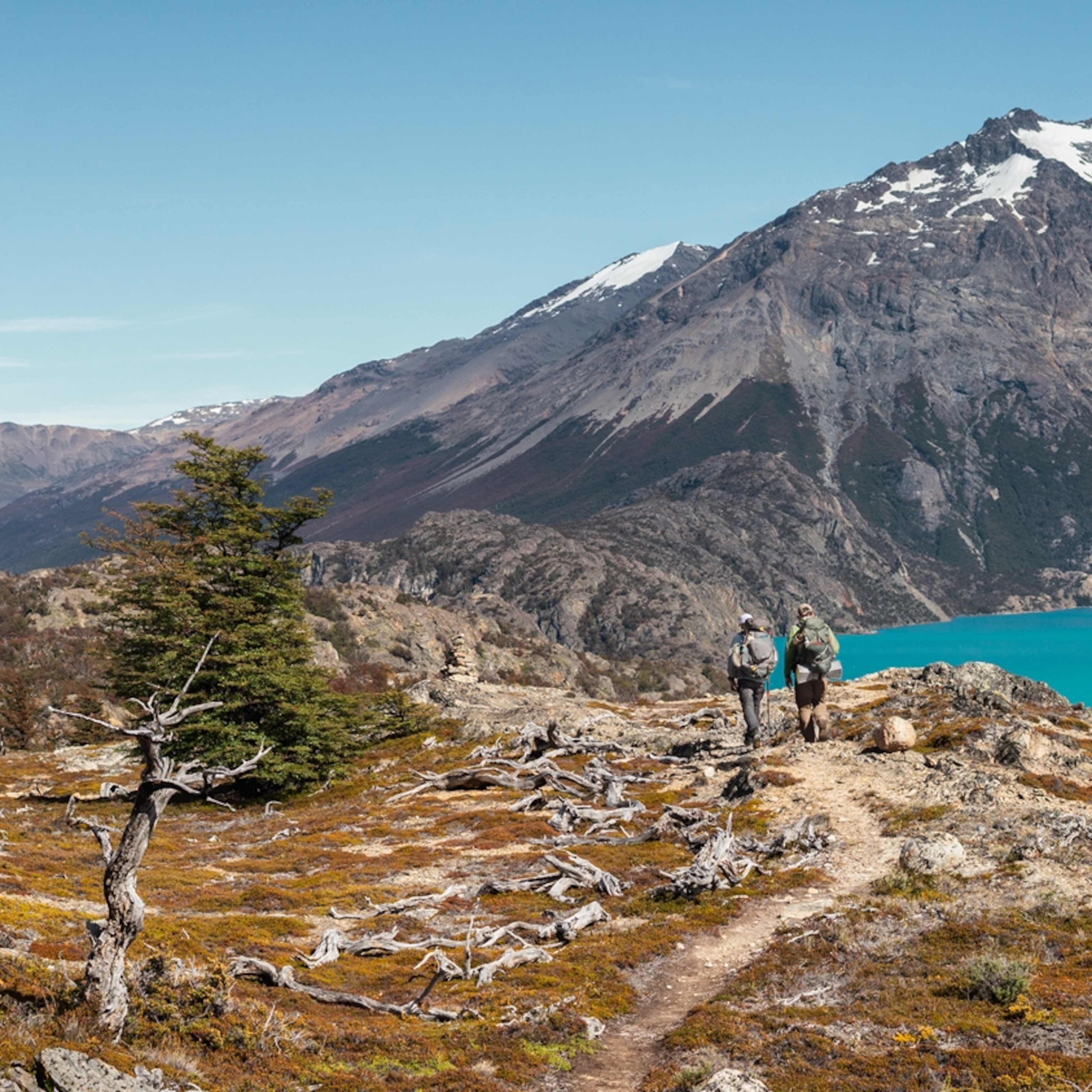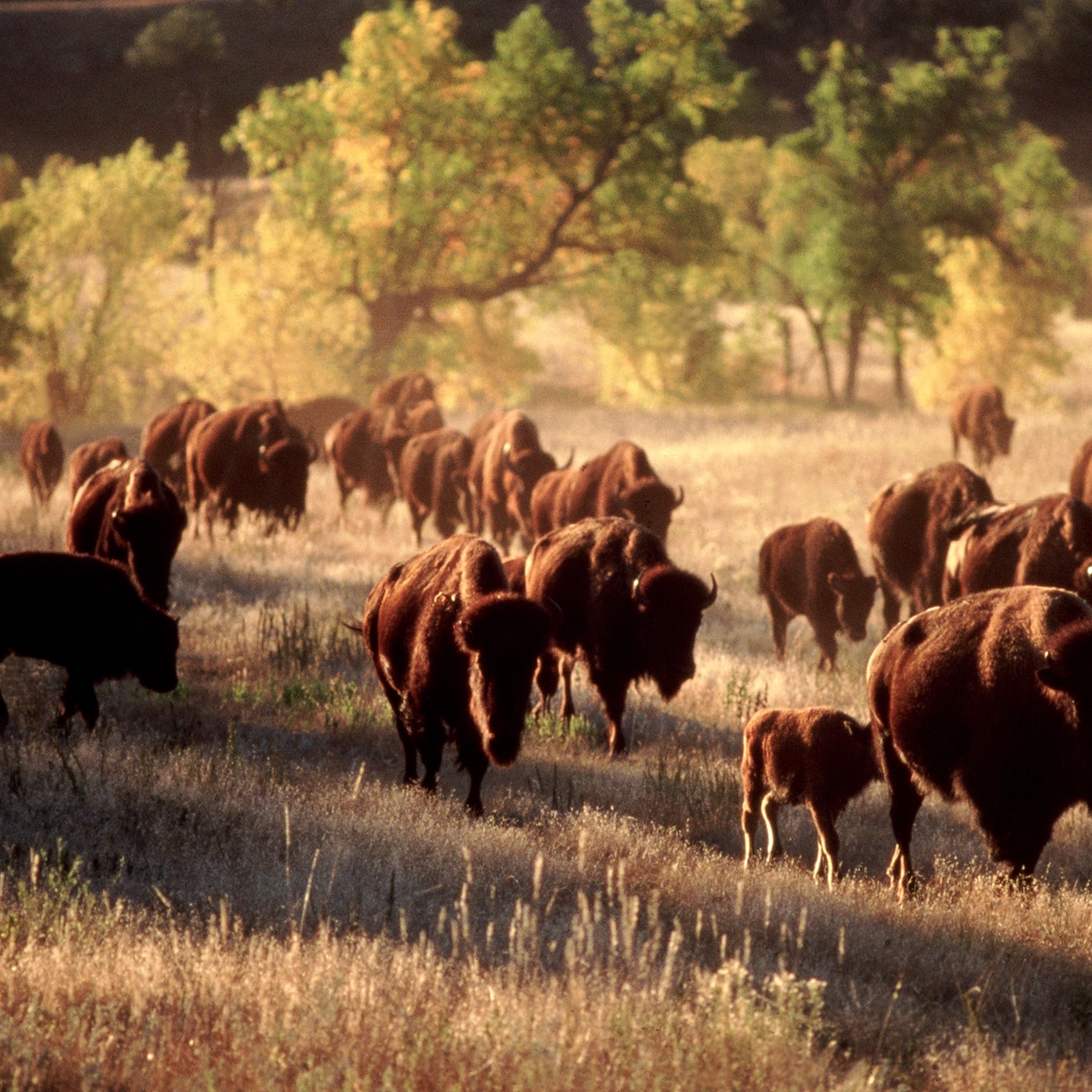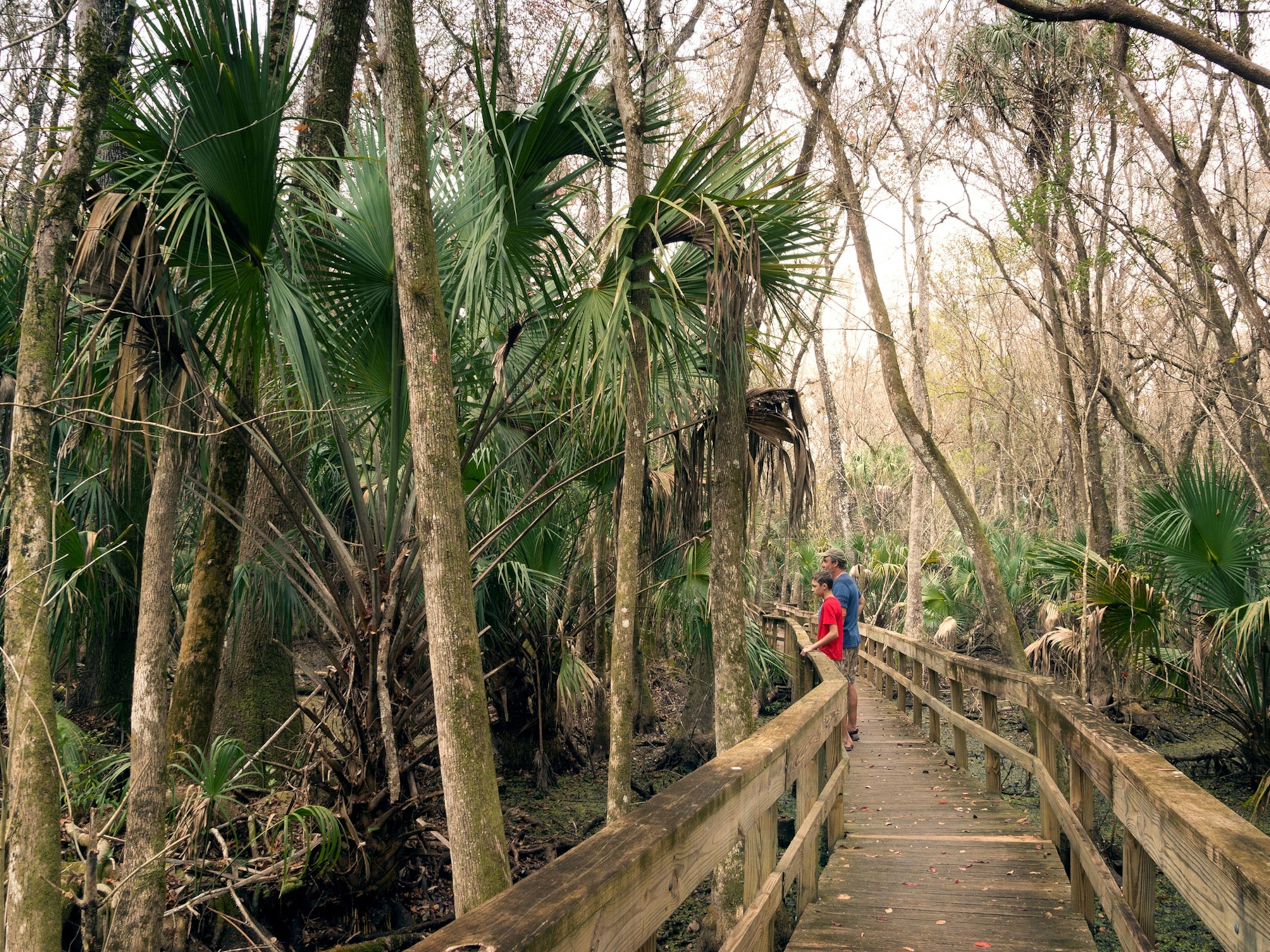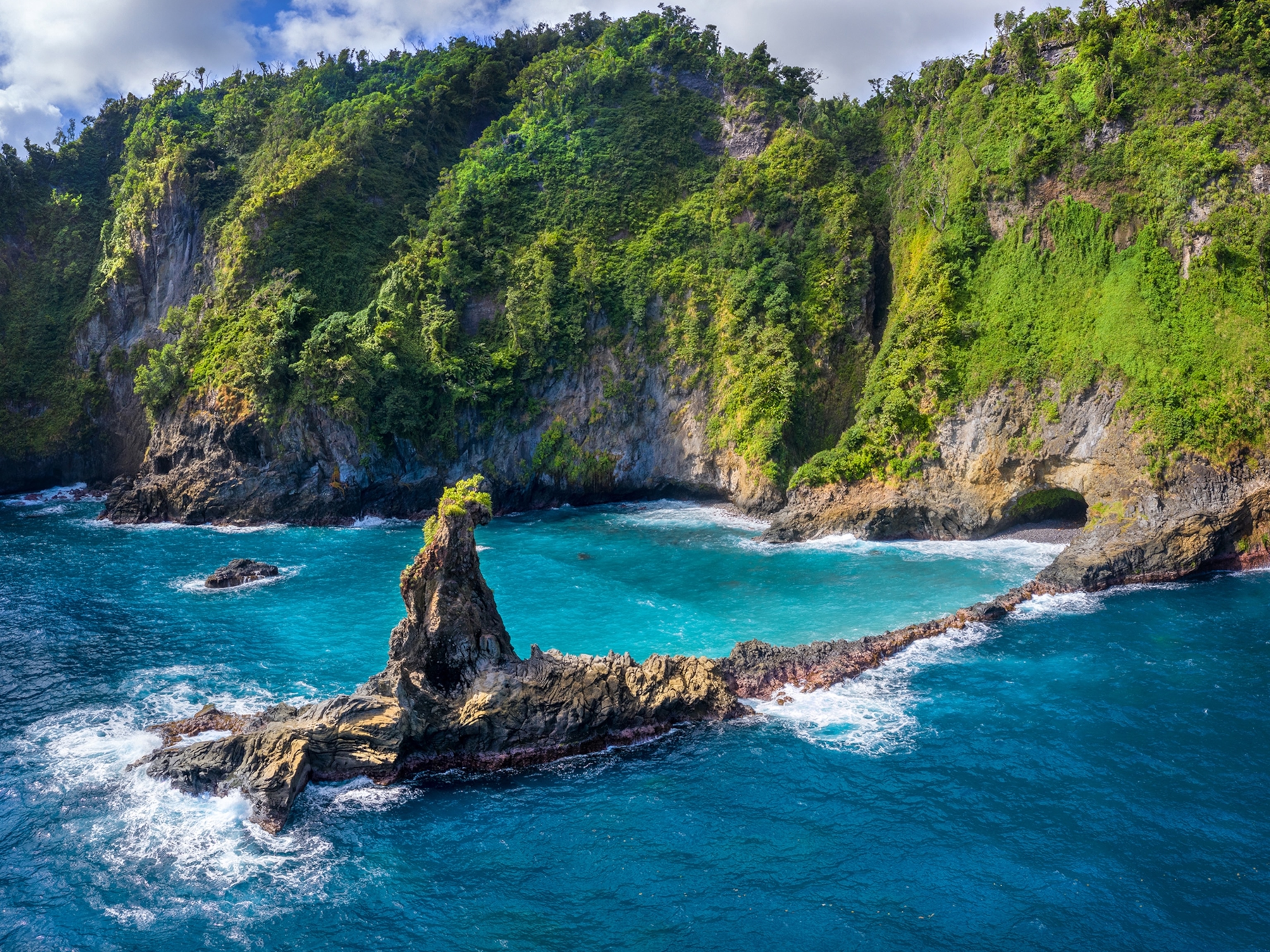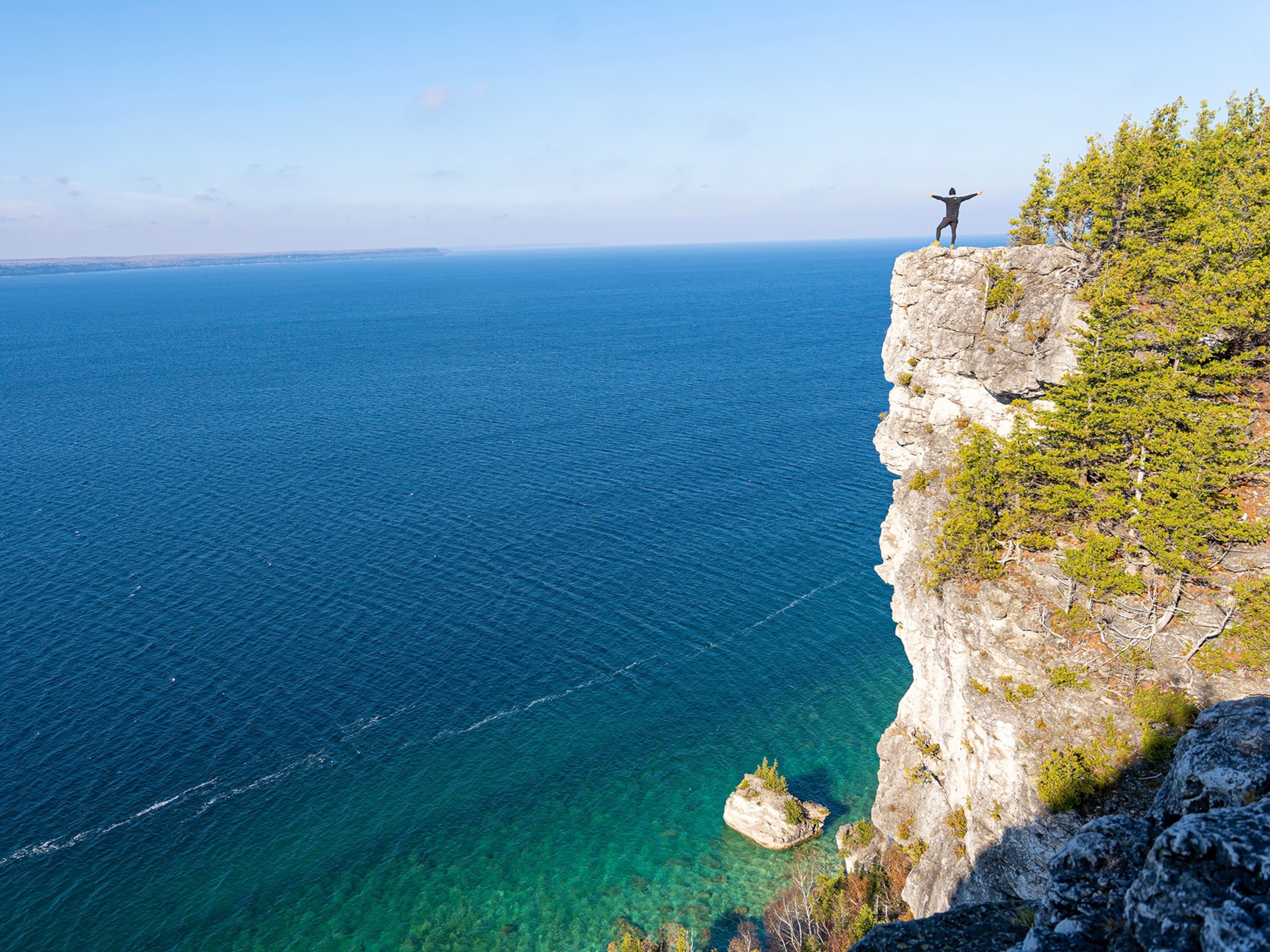Ultimate Adventures in the Path of the Solar Eclipse
Mark this momentous event with an equally spectacular trip.
On August 21, 2017, people will crowd into parking lots, neighborhood parks, and other outdoor areas to watch the total solar eclipse make its way from one U.S. coast to the other. But some cosmic enthusiasts may be looking for a more adventurous eclipse-watching experience. If that sounds like you, why not take in the spectacle while perching high atop a mountain, paddling a waterway, or camping deep in the backcountry?
Wherever you watch it, be sure to wear special solar eclipse glasses to protect your eyes—regular sunglasses will not offer protection. Also be aware that many communities in the path of totality will be overwhelmed with visitors. Expect heavy traffic, and arrange a place to stay ahead of time, since most accommodations are already fully booked.
Backpack the Sawtooths
Idaho

At two miles long and nearly 1,000 feet deep, the Tallulah Gorge is famous for its stunning beauty. The geological feature even attracted famous tightrope walker Karl Wallenda to test his mettle high above the ground. Tallulah Gorge State Park has 20 miles of hiking and biking trails to explore, and it’s a prime spot to watch the eclipse. Spend your day hiking the three-mile round-trip North and South Rim Trails, stopping at scenic overlooks to take in views of the gorge and cascading waterfalls, or pick up a permit from the Interpretive Center to hike or mountain bike the challenging 10-mile Stoneplace Trail. But be sure your location has a clear view of the sun if you want to experience the full spectacle—being in the gorge itself may not offer the best view. Consider making your way to the park’s Solar Eclipse Festival at Jane Hurt Yarn Interpretive Center to watch from a prime location.
Kristen Pope is a Jackson, Wyoming-based freelance writer and editor who writes about outdoor adventure, conservation, science, and travel. Read more of her work at www.kepope.com or follow her on Twitter.
